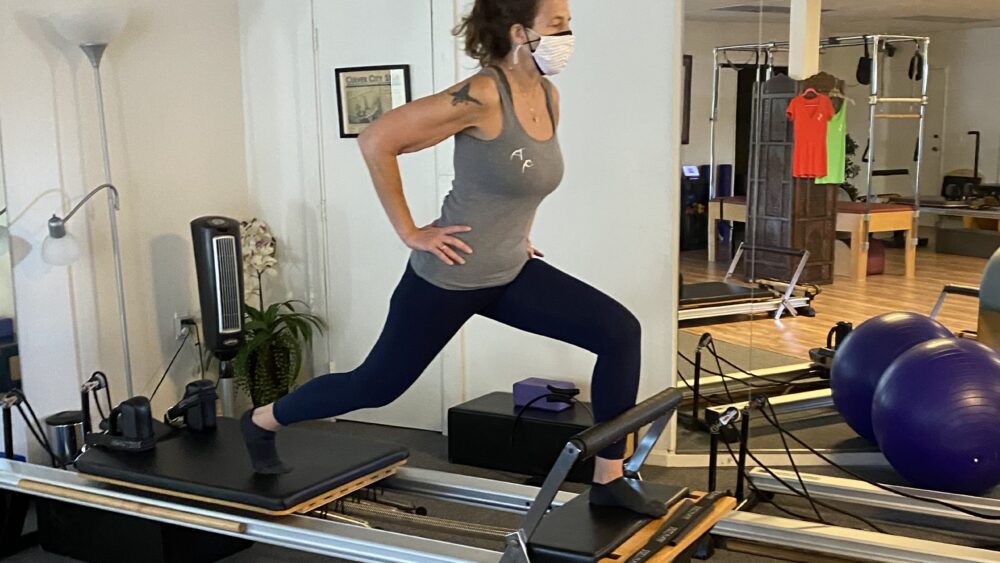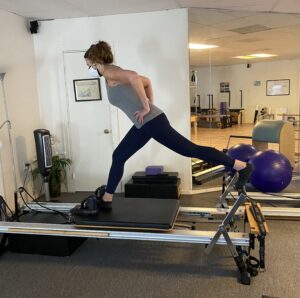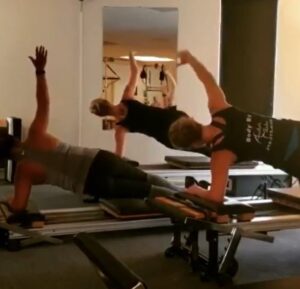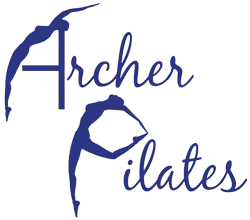
I’ve always had issues with balance. As a child, I had a hard time doing normal kid things like skating and climbing. As I grew older, I tried other things such as skiing, surfing, and horseback riding. While I was eager and happy to do them, I did not excel at any of them. I just assumed that I wasn’t very athletic. About a year ago, I experienced a ruptured eardrum for no apparent reason. After several visits with the ENT, undergoing different tests and evaluating my history, he diagnosed me with chronic Eustachian Tube Dysfunction (ETD). This happens when the Eustachian tubes in your ears are blocked or restricted. The Eustachian tubes help you equalize the pressure in the sinus cavity (think ascending and descending in a plane). It can also affect your balance, as it did for me.
The human body maintains balance by integrating signals from three main systems: what we see; what we feel through our feet, ankles, knees, and cervical spine; and the balance indicators in the inner ear. The brain is constantly interpreting signals from these three systems to help us stand and stay upright. This, in turn, triggers muscles to fire to maintain balance. Inadequate signals from any of the three systems can lead to a decrease in balance. Injuries can affect balance as muscles may be put out of alignment or joints may erode, affecting the signals sent to the brain. As we age, muscles begin to atrophy and vision may become less acute, further impacting the signals sent to the brain. In addition, cognitive ability starts to decline, affecting how well those signals are interpreted.
Surprisingly, balance starts to deteriorate as early as age 25!
As stated earlier, I thought all my issues were because I was not very athletic. When I started doing Pilates, I found a fitness routine that I could do and, with time and focus, slowly improve my strength and stamina. But it wasn’t all easy. Some exercises required a fair amount of balance to start. Luckily, I worked with instructors at Archer Pilates that knew how to help me modify and still successfully do the exercise.

Pilates focuses on strength, stability, flexibility, proper posture, proper muscle alignment, and of course, the core muscles. By working all the muscles in my legs including the deep, stabilizing ones, I found I was slowly able to do simple things like balancing on one leg. Working the deep core muscles helped me maintain control over the extremities as it stabilized the pelvis and shoulder girdle, helping to effectively transfer work to the legs and arms.
Pilates also stresses a mind/body connection. By making mindful movements, I was training my brain to activate muscles in better support of movement and balance. Focusing on proper alignment helped me to use muscles as they were intended to be used, making them more efficient. I gained strength as I simultaneously lengthened the muscles. This led to improved flexibility, which also helps with balance. All of this helped me compensate for my vestibular (inner ear) issues as the muscles needed to maintain balance fired more efficiently.

My childhood angst over balance issues is behind me but as I get older, I find that although I doubt I’ll start skiing, good balance is important to help prevent falls and possible injury. We tend to lose strength as we age. Staying strong and flexible with Pilates will help me prevent those balance issues that come with atrophying muscles and decreased cognitive skills. Surprisingly, balance starts to deteriorate as early as age 25! One more reason why Pilates is for every body and everybody!
